Filipinos rank lowest in child poverty: N.Y. report
By Cristina DC PastorAmong Asian Pacific American (APA) children in New York, Filipinos rank lowest in the poverty level, according to a report released on February 22.
Poverty, according to the report “We’re Not Even Allowed to Ask for Help: Debunking the Myth of the Model Minority,” released by the Coalition for Asian American Children and Families (CACF), is one of the factors that are putting Asian Americans at a disadvantage — along with overcrowding in schools and unequal distribution of resources — and contributes to the unmaking of the Asian youth as a “model minority.”
Poverty estimates put Filipino children at 3.3 percent, the lowest, while Bangladeshi children rank highest at 42.4 percent. In fact, Filipinos are a step below Japanese children at 4.5 percent.
The rest of the ranking puts Pakistani children with a poverty estimate of 28.1 percent; all NYC children at 27.8 percent; Chinese children at 23.1 percent; Indian children at 20.9 percent; Korean children at 12.0 percent followed by the Japanese and Filipinos.
APA students make up 14 percent of the city’s public school population, and not all of them are successful or go to Ivy League schools, said Wayne Ho, executive director of CACF. “A large percentage of them are struggling,” he said.
The “model minority” narrative came to prominence in the 1960s during the flowering of the civil rights movement, said Vivian Tseng, a former faculty member in psychology and Asian American studies at California State University, Northridge. While African Americans took to the streets demanding social change, Asian Americans excelled in life as if to say “we don’t need structural changes.”
A half century later, the idea of Asians as a “model minority” is now undergoing a reevaluation. The latest study examines how factors like poverty, overcrowding in schools, and unequal distribution of resources put Asian Pacific American students at a disadvantage.
The report’s authors say the myth overshadows the many difficulties facing APA youth and prevents students from receiving the full range of educational opportunities, support and resources to which they have a right. The report collected interviews from Asian students across the city, such the following:
“The other Asians in my school are not the best students. Pretty much they are the worst. All they do is cut or smoke or go to the pool hall and stand outside. And, I don’t want to join them.”
The report revealed that the “model minority” myth is embedded within the community itself and students feel intense pressure at home.
“They’ve expected me to go to an Ivy League ever since I was little…I feel a lot of pressure. If I get a B, I get mad. They also expect me to help my brother. They keep saying we are depending on you so that when we’re older, we don’t have to work anymore, and we can just depend on you.”
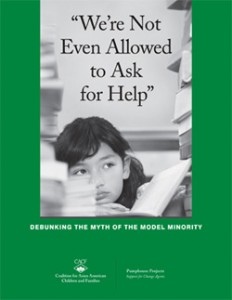 The report further notes that:
The report further notes that:
– In 2009, of New York City “Asian/Pacific Island” general education graduates (the 2005–06 cohort), more than one in three were deemed “not college ready.”
-94 percent of NYC public schools enroll APA students, often in small numbers and percentages;
– Half of APA children come from families with incomes below the 200 percent of the poverty threshold;
– Almost one-third, or 32 percent, of poor school-age Asian children were Limited English Proficient (LEP);
– Nearly 1 in 5 English language learners in the city are APA.
Being labeled model minority is a “false narrative,” said the panelists reacting to the report. It “ignores the diversity” of cultures, languages and socioeconomic conditions of APA students, said CACF deputy director Vanessa Leung.
The panelists, including Council Member and former public school teacher Daniel Dromm, noted that APA students are often targeted for bullying. He praised the report for “shining a light” on the issues facing students and hindering their ability to excel.
The report calls on Mayor Bloomberg to assemble an independent task force to further analyze data such as the “relationship of resources and outcomes” in terms of APA enrollment by race, ethnicity, LEP (Limited English Proficiency) status and special needs. In schools where immigrant minorities are facing a certain degree of isolation, the need for “culturally competent” organizations and staff was likewise recommended.
It also urged improved outreach to parents with limited English skills and those without computer skills.
“We need to make sure that parents are really engaged,” said Leung.

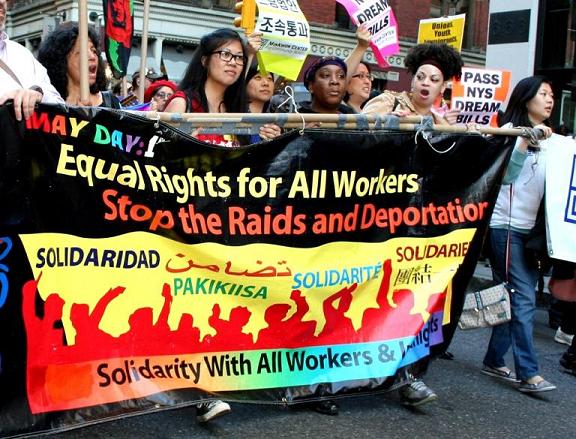

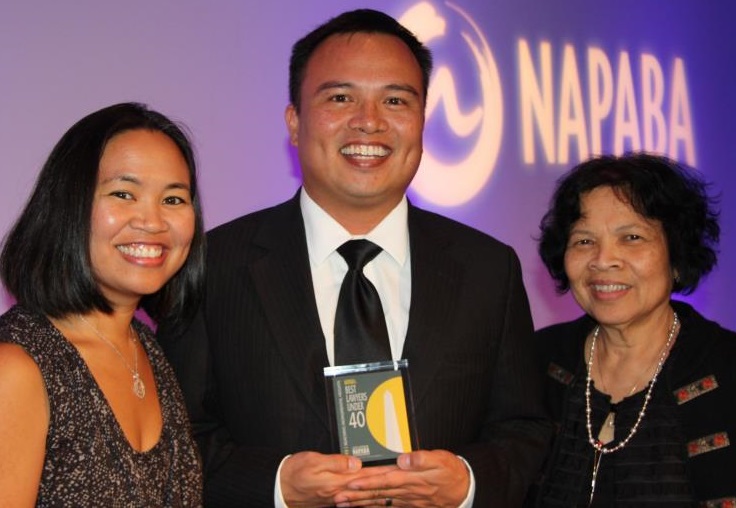


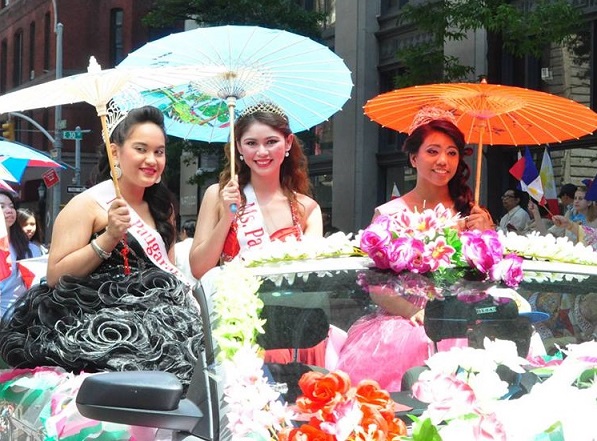
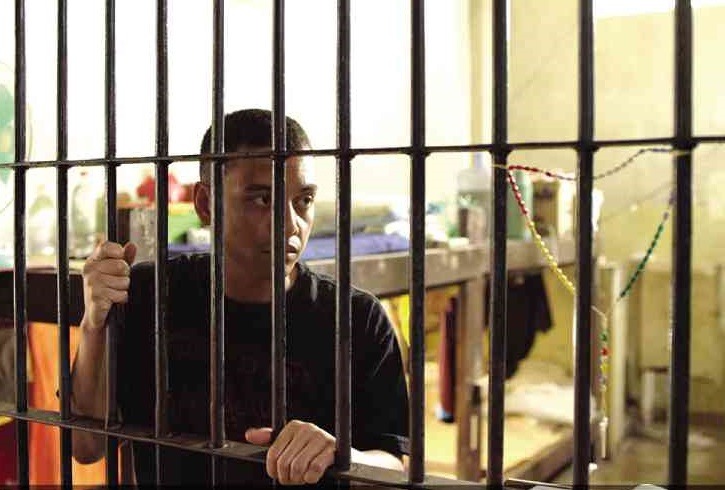
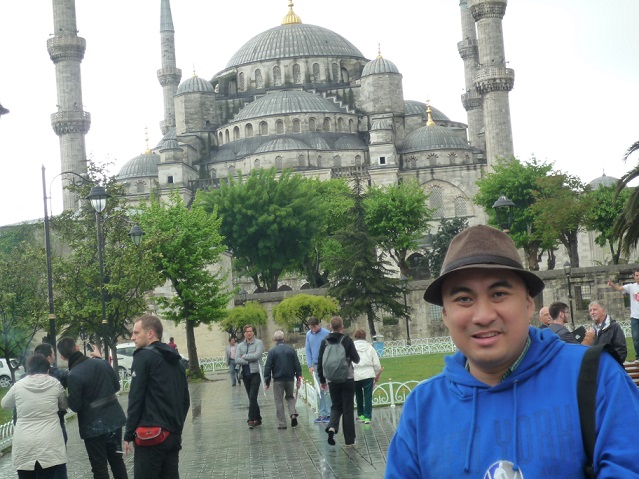
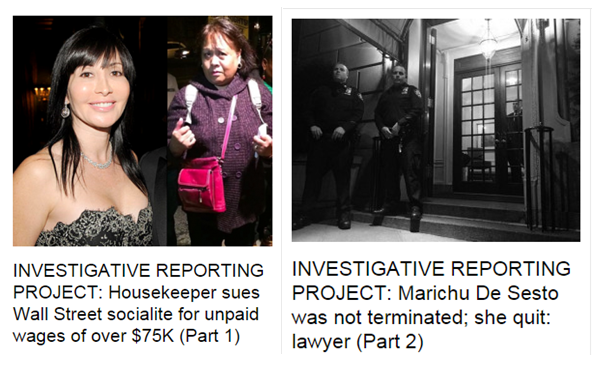



This site is great and really very interesting too.